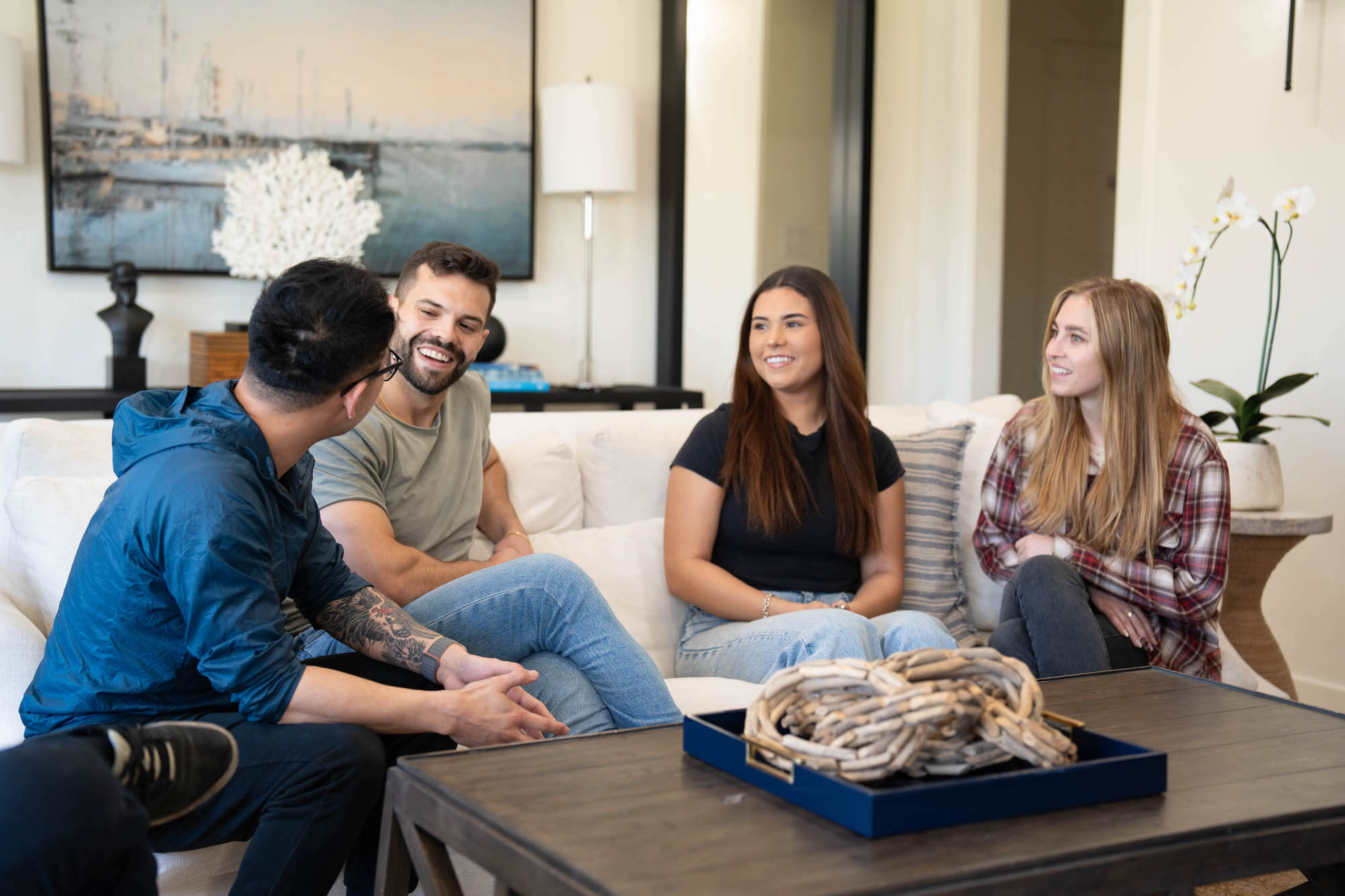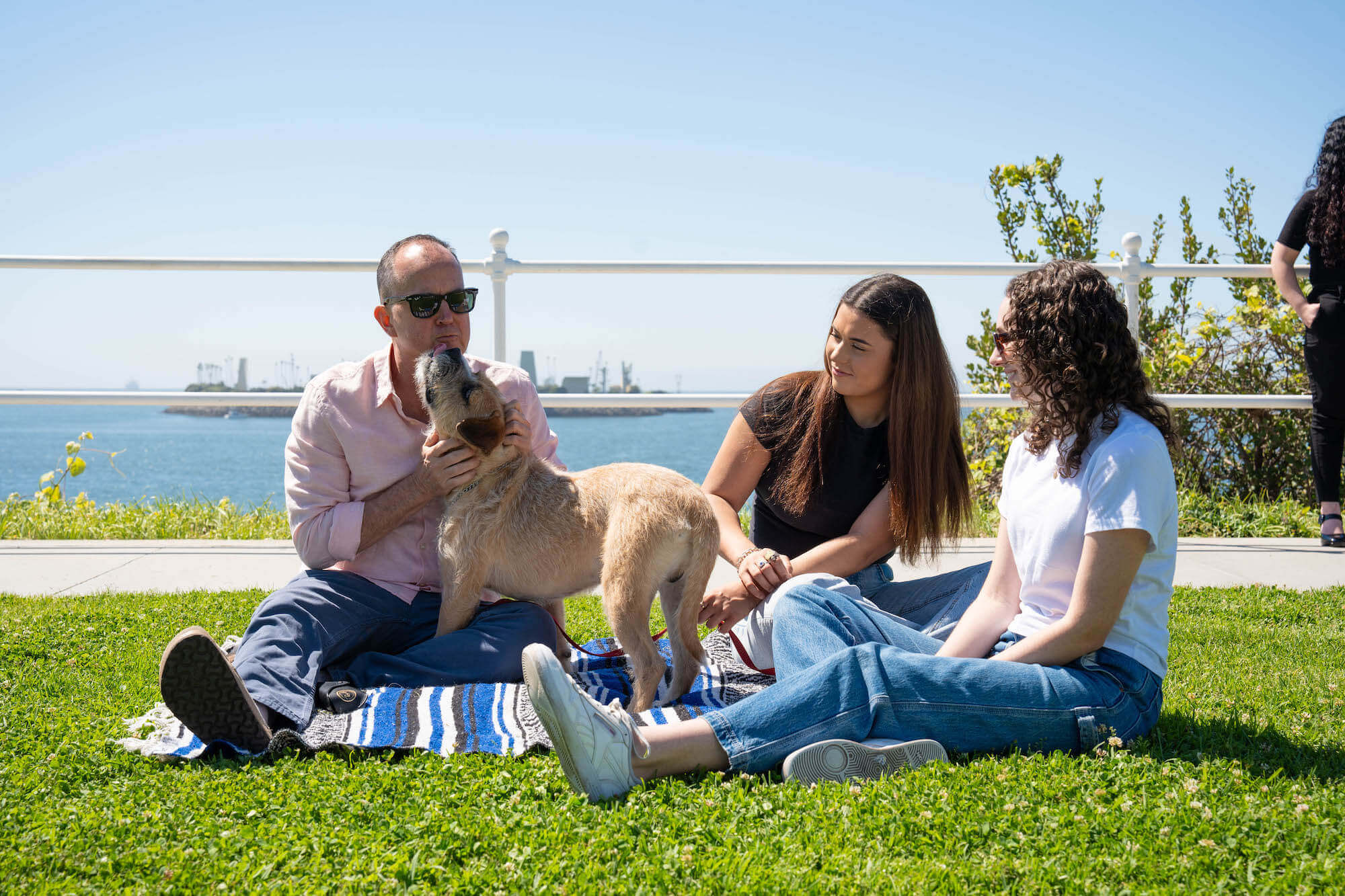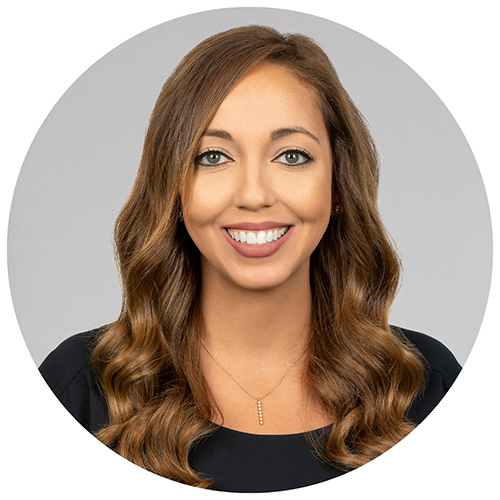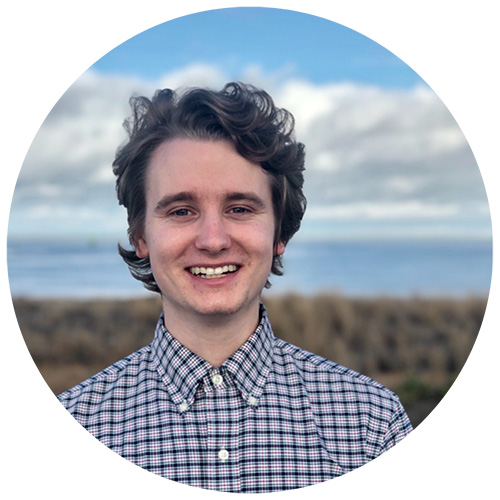Dual Diagnosis: Addiction & Mental Health Treatment
At Gratitude Lodge, we offer dual-diagnosis treatment to address both mental health and substance use disorders simultaneously.
Treating these root causes that may be underlying addiction is a highly effective method in ensuring long-term recovery.
WHAT IS DUAL DIAGNOSIS?
What is a dual diagnosis?
Dual diagnosis, also known as co-occurring disorder, is the result of an addiction to drugs or alcohol presenting at the same time as a mental health disorder.
Research indicates that the most effective co-occurring disorder treatment involves targeting both conditions simultaneously.
Learn about the most common dual diagnoses and discover how to connect with the best dual diagnosis treatment centers California like Gratitude Lodge.
When addiction and mental health disorders manifest simultaneously, this is known as a co-occurring disorder. A co-occurring disorder is often referred to as a dual diagnosis.
The addiction component of a co-occurring disorder can involve any of the following substances:
The most diagnosed dual diagnosis mental health conditions in the context of co-occurring disorder are:
- Anxiety disorders
- Major depressive disorder
- PTSD (post-traumatic stress disorder)
- Bipolar disorder
- Schizophrenia
In the event of co-occurring disorder, either the mental health disorder or the substance use disorder may develop first.
While co-occurring disorders can be aggravating and disruptive to daily functioning, the coordinated treatment of both conditions with personalized and evidence-based treatment typically delivers favorable outcomes.
The most common cases of dual diagnosis involve alcoholism or drug addiction presenting with one of the following:
- Anxiety
- Depression
- PTSD
Successful treatment of co-occurring disorders depends on a precise diagnosis. Many individuals with dual diagnosis prove to be treatment-resistant, so it may be necessary to try more than one combination of therapies.
Despite the closely interrelated nature of substance abuse and mental health issues, one condition does not necessarily cause the other.
Many people resort to substance abuse as a means of self-medicating the disturbing untreated symptoms of an undiagnosed mental health disorder. Others self-medicate volatile emotions or regulate their mood using alcohol, prescription medications, or illicit drugs. Although self-medication can provide fleeting respite, symptoms will normally worsen over time.
Abusing alcohol, prescription medications, or illegal drugs can heighten your risk of developing a mental health condition. Additionally, substance abuse can exacerbate the symptoms of existing mental health disorders. Both alcohol and drugs can trigger adverse interactions with a variety of medications, including antidepressants and anti-psychotics.
What is a co-occurring disorder, precisely?

Co-occurring disorders
The symptoms associated with co-occurring disorders will vary depending on the addiction and the mental health condition.
The clinical descriptor for addiction is substance use disorder, diagnosed according to the following symptoms listed in DSM-5-TR, a benchmark diagnostic tool published by APA (American Psychiatric Association):
- Do you need to take more of the substance or more frequent doses to achieve the same effects?
- Have you tried more than once to moderate or discontinue substance use?
- Are you spending large chunks of time obtaining and using addictive substances, as well as recovering from the effects of substance abuse?
- Have you ever experienced cravings for the substance so intense you could concentrate on nothing else?
- Is substance use preventing you from fulfilling your personal and professional obligations?
- Do you spend less time doing things you once enjoyed due to substance use?
- Are you still using substances even though substance use is creating problems in your closest relationships?
- Have you often taken substances for longer than planned or in greater quantities than intended?
- Have you experienced withdrawal symptoms when the effects of the substance wear off?
- Do you continue to use substances even though substance use has caused or worsened a physical or mental health condition?
- Have you frequently used addictive substances in situations where it is dangerous to do so?
Substance use disorder is classified according to the number of symptoms that present as mild (2 or 3), moderate (4 or 5), or severe (6 or more).
The other symptoms that present will vary depending on the mental health component of the dual diagnosis.
Common Co-Occurring Disorders
Here are the three most common examples of mental health conditions co-occurring with addictions, along with the likely symptoms of each condition:
- Addiction and anxiety
- Addiction and depression
- Addiction and PTSD
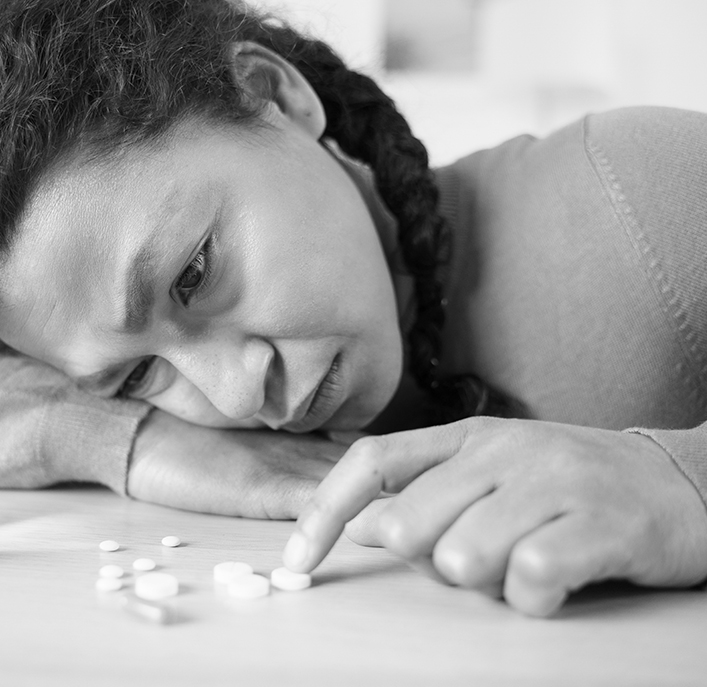
Addiction and anxiety
According to ADAA (Anxiety and Depression Association of America), 20% of U.S. adults with anxiety disorders or depressive disorders have co-occurring alcohol use disorder or substance use disorder.
Treating the addiction separately often leads to relapse if the untreated symptoms of anxiety return. If the addiction is treated and the anxiety neglected, on the other hands, this will often lead to symptoms worsening.
These are the most common symptoms of generalized anxiety disorder:
- Nervousness
- Difficulties with focus and concentration
- Resistance to uncertainty
- Overthinking
- Trouble letting go of worries
- Inability to relax
- Disrupted sleep patterns
- Irritability
- Exhaustion
- Muscle tension
- Believing situations are more threatening than they are
- Muscle tension
- GI complaints
- Diarrhea
- Weakness
- Rapid heartbeat
- Dry mouth
- Sweaty palms
- Numbness
- Tingling
WE ACCEPT MOST
PPO INSURANCE
and alcohol addiction.
Addiction and depression
Research shows that roughly one-third of those with major depressive disorder also abuse addictive substances.
There are many types of depression varying in duration, severity, and cause. The most common of these is major depressive disorder.
The most common symptoms of major depressive disorder are as follows:
- Persistent sad mood
- Feelings of emptiness and hopelessness
- Anhedonia (loss of interest in everyday activities)
- Feelings of worthlessness or guilt
- Changes to appetite and weight
- Reduced energy levels and fatigue
- Problems with concentration, memory, and decision making
- Sleeping too much or too little
- Thoughts of death or suicide
- Physical pains without a clear cause that are unresponsive to treatment
If the above symptoms persist for more than two weeks and disrupt your daily functioning, you should request a diagnosis for depression.
DUAL DIAGNOSIS STATISTICS
The following dual diagnosis treatments statistics are published in NSDUH 2021 (SAMHSA’s most recent National Survey on Drug Use and Health).
1 In 3
adults were diagnosed with either a substance use disorder or mental health disorder in 2021.
46%
of young adults aged 18 to 25 reported a diagnosable addiction or mental health condition.
17 MILLION
U.S. adults had co-occurring disorders that required dual diagnosis rehab.
MultiRacial
Co-occurring disorders in the United States were most prevalent among multiracial adults.
13.5%
of young adults satisfied the criteria for both mental illness and substance use disorder.
Typically, co-occurring disorders are most effectively treated at dual diagnosis inpatient treatment centers.
PTSD & Addiction
PTSD (post-traumatic stress disorder) is closely linked to addiction. Half of those who seek treatment for substance abuse satisfy the lifetime criteria for PTSD, according to APA.
Research suggests that those seeking PTSD treatment are up to fourteen times more likely to develop alcohol use disorder or substance use disorder than those in the general population.
Some people develop the symptoms of PTSD after exposure to a traumatic event. You must experience all these symptoms over one month or more to meet the criteria of PTSD:
- One or more avoidance symptoms
- One or more re-experiencing symptom
- Two or more mood and cognition symptoms
- Two or more reactivity and arousal symptoms
These are the most reported avoidance symptoms:
- Avoiding thoughts or feelings you associate with the trauma
- Staying away from anything that reminds you of the traumatic event
- Altering your routine to avoid trauma triggers
These are the most reported re-experiencing symptoms:
- Nightmares
- Flashbacks
- Frightening thoughts
These are the most reported mood and cognition symptoms:
- Negative thoughts, both generalized and self-directed
- Distorted feelings of guilt or blame
- Difficulty recalling key elements of the traumatic experience
- Reduced interest in previously favored activities
These are the most reported reactivity and arousal symptoms:
- Outbursts of anger
- Difficulties with concentration
- Problems sleeping
- Being easily startled
- Edginess

OUR APPROACH
At Gratitude Lodge’s Orange County rehab facilities, we have a professional staff to help treat your co-occurring disorders. The programs we offer include stress management, group therapy, individual counseling, cognitive behavioral therapy, experiential therapy, relapse prevention, breathwork, and introduction to 12 steps, which is a spiritual-based program. Call us today to see if we can help with your individual situation.
What to Expect at an Inpatient Dual Diagnosis Treatment Center
All co-occurring disorders are unique and there is no approach to dual diagnosis rehab treatment that is universally effective. The best treatment centers for dual diagnosis will offer a personalized and integrated dual diagnosis program.
You will first need to detox from alcohol, prescription medications, or illicit drugs. Inpatient dual diagnosis treatment centers provide access to MAT (medication-assisted treatment) to reduce the severity of withdrawal symptoms and cravings for substances during a supervised medical detox. This normally takes about one week. After detox, you will transition directly into ongoing therapy at the residential rehab center.
In the case of both alcohol use disorder and opioid use disorder, MAT can be an effective component of ongoing treatment, minimizing cravings and inhibiting substance abuse.
Co-occurring disorders are treated with a combination of medications and behavioral interventions that may include:
- MAT
- CBT (cognitive behavioral therapy)
- DBT (dialectical behavior therapy)
- EMDR therapy
- Exposure therapy
- Integrative therapy
- Family therapy
- Individual counseling
- Group therapy
Our Treatment Methods
Gratitude Lodge dual diagnosis treatment program combine science-backed treatments and holistic therapies that may include:
- MAT: Medications may be administered to streamline drug or alcohol withdrawal when you are detoxing before engaging with ongoing treatment. MAT produces the most positive outcomes when combined with psychotherapy.
- Psychotherapy: Psychotherapy is the clinical term for talk therapy. Talk therapies like CBT (cognitive behavioral therapy) are proven effective for treating addictions and mental health conditions. You will identify your personal triggers and develop healthy coping mechanisms to use in place of drugs or alcohol when confronted by stress in everyday life.
- Individual counseling: Work closely with a therapist and explore the causes of your addiction and mental health condition.
- Group therapy: Take advantage of support from peers undergoing similar experiences at dual diagnosis rehab.
- Family therapy: Involve your family members in your recovery journey and start rebuilding relationships damaged by the consequences of substance abuse.
- Trauma therapy: Address any past trauma with a credentialed therapist.
- Holistic therapies: Mindfulness, meditation, yoga, and other holistic practices supplement evidence-based treatments for addictions and mental health conditions at Gratitude Lodge.
- 12-step meetings: Many people find 12-step peer support groups like AA (Alcoholics Anonymous) and NA (Narcotics Anonymous) are a beneficial component of ongoing sobriety. Attend daily meetings at Gratitude Lodge.
Dual Diagnosis REHAB Treatment at Gratitude Lodge
If you arrived here today wondering “what is a co-occurring disorder” or “what is a dual diagnosis treatment center”, you should now have a clear understanding of dual diagnosis.
At Gratitude Lodge, our treatment centers for dual diagnosis provide you with a tranquil and pet-friendly setting in which to address your addiction and mental health dual diagnosis. We can also help you find an inpatient mental health treatment program if that is what you need.
Call admissions today at 800-994-2184 for immediate assistance with dual diagnosis in Southern California.
Our Partners









